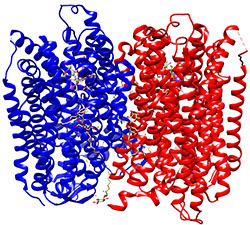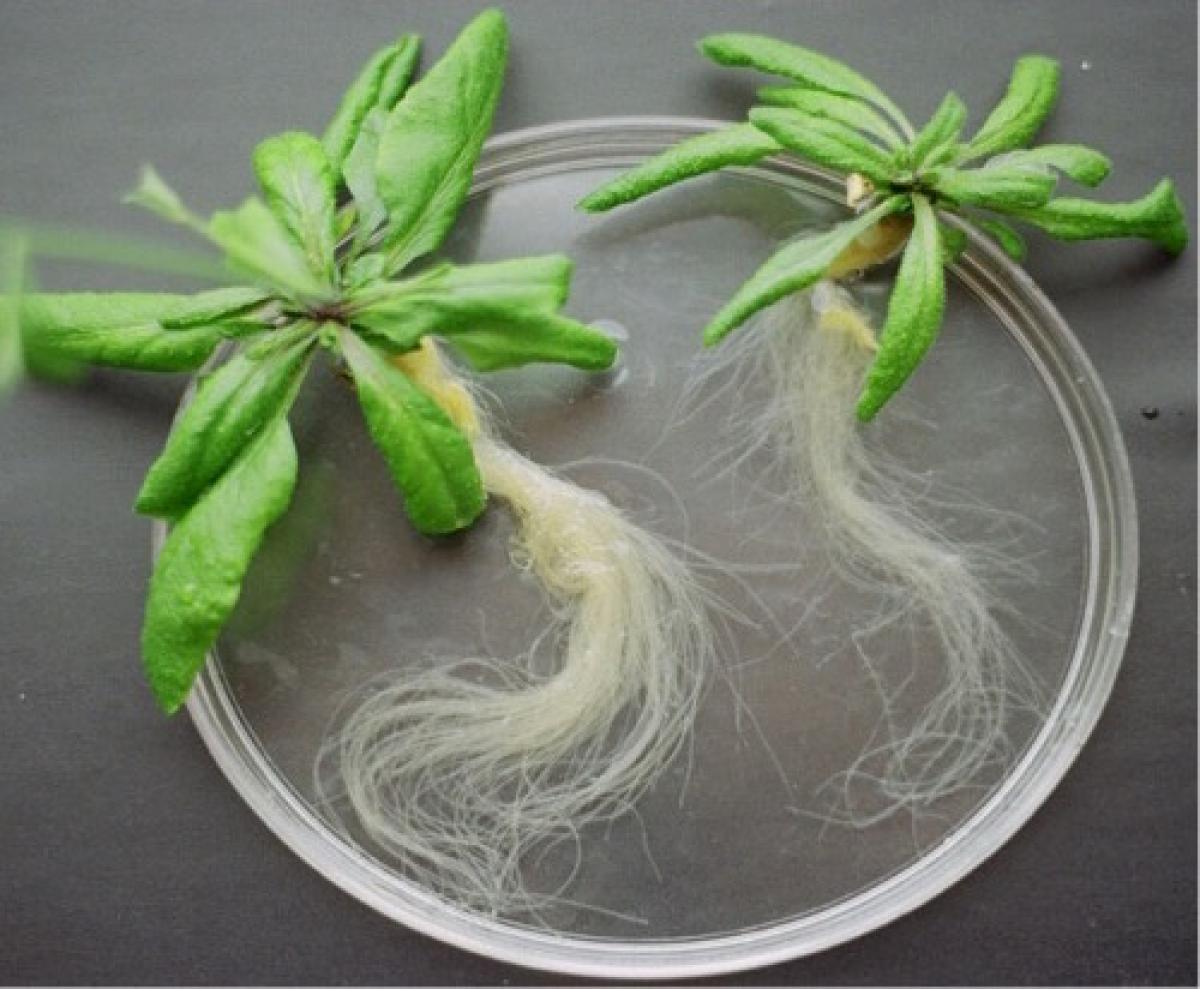
Putting the P in Plant Growth
Big problems often require big solutions. When we talk about big problems, there may be nothing bigger than global ones. Global pollution and scarcity of phosphorus will definitely need big solutions. But big solutions start with small steps.
In this case, the first step may be at the level of a single enzyme. An enzyme is a protein that speeds up chemical reactions. All creatures use thousands of different enzymes in their bodies. Enzymes allow organisms to digest food, turn sunlight into energy, or in this case, move sugar.
For years, researchers have been working to improve the ability of a plant to use phosphorus. Specifically, some have been trying to develop plants with larger roots that will increase their capacity to take up phosphate and other nutrients.
In this search they learned that for plants to have larger roots they need to move more sugar (made by photosynthesis) to the roots. An enzyme named AVP1 is important to this process. We know, we know... this is not a memorable name. But because there are thousands of enzymes, scientists have had to create a naming system that is very useful, even if it's a little boring.
Genes and Growth
Scientists genetically increased the expression, or production, of this enzyme in plant tissues. The modified plants grow more roots, shoots, and leaves. Larger roots help the plants grow well even with little phosphorus.

Modified plant roots had almost twice as many root hairs on each root. This is important because plants get minerals from the soil through their root hairs.
So not only were there more roots, but each root had more hairs, making them more effective at absorbing phosphorus. These plants were able to grow faster than other plants without this modification. If we can get the same results in crops like corn or wheat, we could greatly reduce the need for phosphorus fertilizer.
Read more about: Phosphate Fix
Bibliographic details:
- Article: Putting P in Plant Growth
- Author(s): Dr. Biology
- Publisher: Arizona State University School of Life Sciences Ask A Biologist
- Site name: ASU - Ask A Biologist
- Date published: 19 Dec, 2015
- Date accessed:
- Link: https://askabiologist.asu.edu/putting-p-plant-growth
APA Style
Dr. Biology. (Sat, 12/19/2015 - 20:14). Putting P in Plant Growth. ASU - Ask A Biologist. Retrieved from https://askabiologist.asu.edu/putting-p-plant-growth
Chicago Manual of Style
Dr. Biology. "Putting P in Plant Growth". ASU - Ask A Biologist. 19 Dec 2015. https://askabiologist.asu.edu/putting-p-plant-growth
Dr. Biology. "Putting P in Plant Growth". ASU - Ask A Biologist. 19 Dec 2015. ASU - Ask A Biologist, Web. https://askabiologist.asu.edu/putting-p-plant-growth
MLA 2017 Style

Scientists can alter the genes in a plant, then look at how quickly and how big the leaves and roots each grow to test the effect of the gene modification.
Be Part of
Ask A Biologist
By volunteering, or simply sending us feedback on the site. Scientists, teachers, writers, illustrators, and translators are all important to the program. If you are interested in helping with the website we have a Volunteers page to get the process started.

